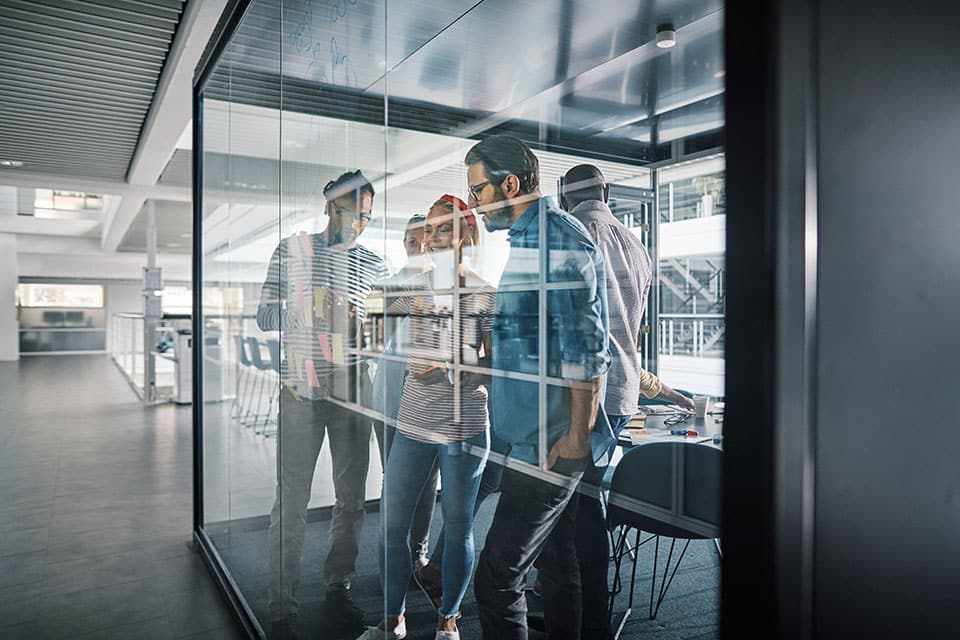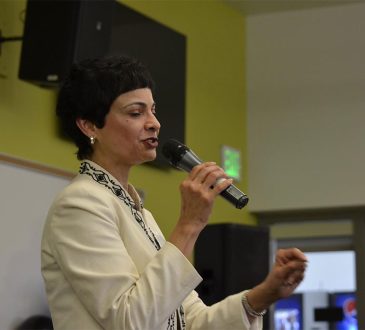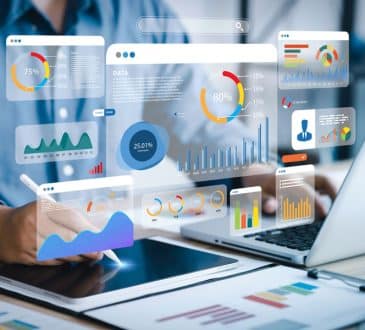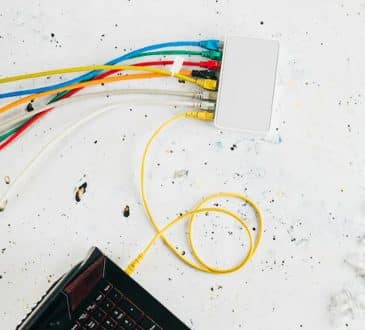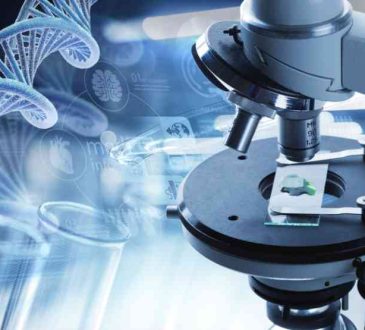What Do Human-machine Partnerships Mean For Workers?

The coming AI revolution, the one that will bring about a new era of human–machine partnerships, will not only transform the way we work but also the way we think about work.
Expect a shift from traditional definitions of ‘white-collar’ and ‘blue-collar’ work to a far more hybrid model that will incorporate elements of both. We also anticipate an increased demand for STEM jobs (science, technology, engineering and math), the inevitable rise of slightly less advanced and less well-paid STEM-Lite jobs, and the advent of a whole new breed of what we affectionately like to call next-collar jobs. Be aware that the traditional job classifications that we all grew up with will begin to change fairly radically towards the end of the next decade.
Secondly, expect a fairly significant impact on the nature of employment. We aren’t only talking about the change from the traditional full-time employee models (a staple of the 20th century) to ‘the gig economy’, the rise of which we are witnessing already, but it is certainly one dimension of that change. For instance, it wasn’t unusual for Baby Boomers to work for only one or two companies throughout their entire lives. That was it. For Generation X, that number rose to over half a dozen or more. For millennials, that number may yet triple before they retire (assuming that ‘retirement’ is a concept that will outlive Generation X). For post-millennial generations, the notion of being ‘employed’ at all may soon become entirely alien, a relic of the past, as obsolete as office cubicles and fax machines.
As humans learn to enhance their productivity and capabilities through new types of AI-assisted human–machine partnerships, we also expect our definition of ‘work’ to evolve. For instance, a worker may, by outsourcing most of her ‘busy work’ to bots and smart task automation solutions, be able to complete tasks which would have taken a full work day back in 2015 in under two hours. What then, might she do with the six hours she has gained?
Will she fill these hours with more work and more than quadruple her output, or go enjoy the rest of her day with her family? Will she spend the next two hours doing the exact same thing for an entirely different company, and then the next two doing the same for yet another, and then a fourth, allowing her to ultimately collect pay checks from four separate ‘full-time’ jobs?
Will she spend her free time learning new business skills, creating art, volunteering at a local charity, tutoring low-performing students, writing her generation’s great American novel, contributing to medical research, helping solve pressing environmental problems?
Already, we begin to see how the nature of work, when enhanced through advanced new types of human–machine partnerships, may radically evolve into something far more complex, nuanced and filled with possibilities than the basic model of ‘full-time’, ‘part-time’ and ‘contract’ employment that, until now, dominated Western economies.
Thirdly, it is possible that the erosion of traditional employment, combined with the democratization of sophisticated technologies that will give rise to entirely new categories of human–machine partnerships (whose outcomes we just hinted at) may be the catalyst for a golden age of entrepreneurialism, massive free-associating collaboration and endless ripples of accelerated micro-innovation. What do we mean by all of that?
- Entrepreneurialism: once workers realize that they can build virtual teams using sophisticated AIs, each capable of performing complex and specialized tasks on their own, they may realize that starting their own business makes more sense than working for someone else. Many of them may initially find themselves forced into it by changes in their industry.
- Free-associating collaboration: with so many entrepreneurs, private contractors and skilled professionals with newly found free time on their hands (thanks to the efficiency of their personal human–machine partnership ecosystems), and the digital connective tissue linking us all together across a multitude of social and digital platforms, the potential for spontaneous organic collaboration on all manners of pet projects, social causes and large collaborative initiatives increases exponentially.
- Accelerated micro-innovation: with so many people enjoying a lot more bandwidth and the enhanced capabilities of sophisticated AI assistants and deep-learning tools, it stands to reason that at least some of their energies will be spent solving problems for themselves and others, and that wave after wave of these problem-solving initiatives will quickly grow into an ocean of personalized, easily-implemented innovation (or ‘micro-innovation’).
In other words, we see the coming AI revolution as more of a maelstrom of opportunity for today’s workers than a threat to their economic security, but we still have a lot of ground to cover before we can turn those possibilities into a scalable reality. One of the biggest challenges we face in the coming decades is how to ensure open and equitable access to training, skills and technology so that every economic layer in society can both contribute to and benefit from the next wave of human–machine partnerships.
This guest post is adapted from HUMAN/MACHINE: The Future Of Our Partnership With Machines by Daniel Newman & Olivier Blanchard.
Add CEOWORLD magazine to your Google News feed.
Follow CEOWORLD magazine headlines on: Google News, LinkedIn, Twitter, and Facebook.
This report/news/ranking/statistics has been prepared only for general guidance on matters of interest and does not constitute professional advice. You should not act upon the information contained in this publication without obtaining specific professional advice. No representation or warranty (express or implied) is given as to the accuracy or completeness of the information contained in this publication, and, to the extent permitted by law, CEOWORLD magazine does not accept or assume any liability, responsibility or duty of care for any consequences of you or anyone else acting, or refraining to act, in reliance on the information contained in this publication or for any decision based on it.
Copyright 2024 The CEOWORLD magazine. All rights reserved. This material (and any extract from it) must not be copied, redistributed or placed on any website, without CEOWORLD magazine' prior written consent. For media queries, please contact: info@ceoworld.biz
SUBSCRIBE NEWSLETTER



